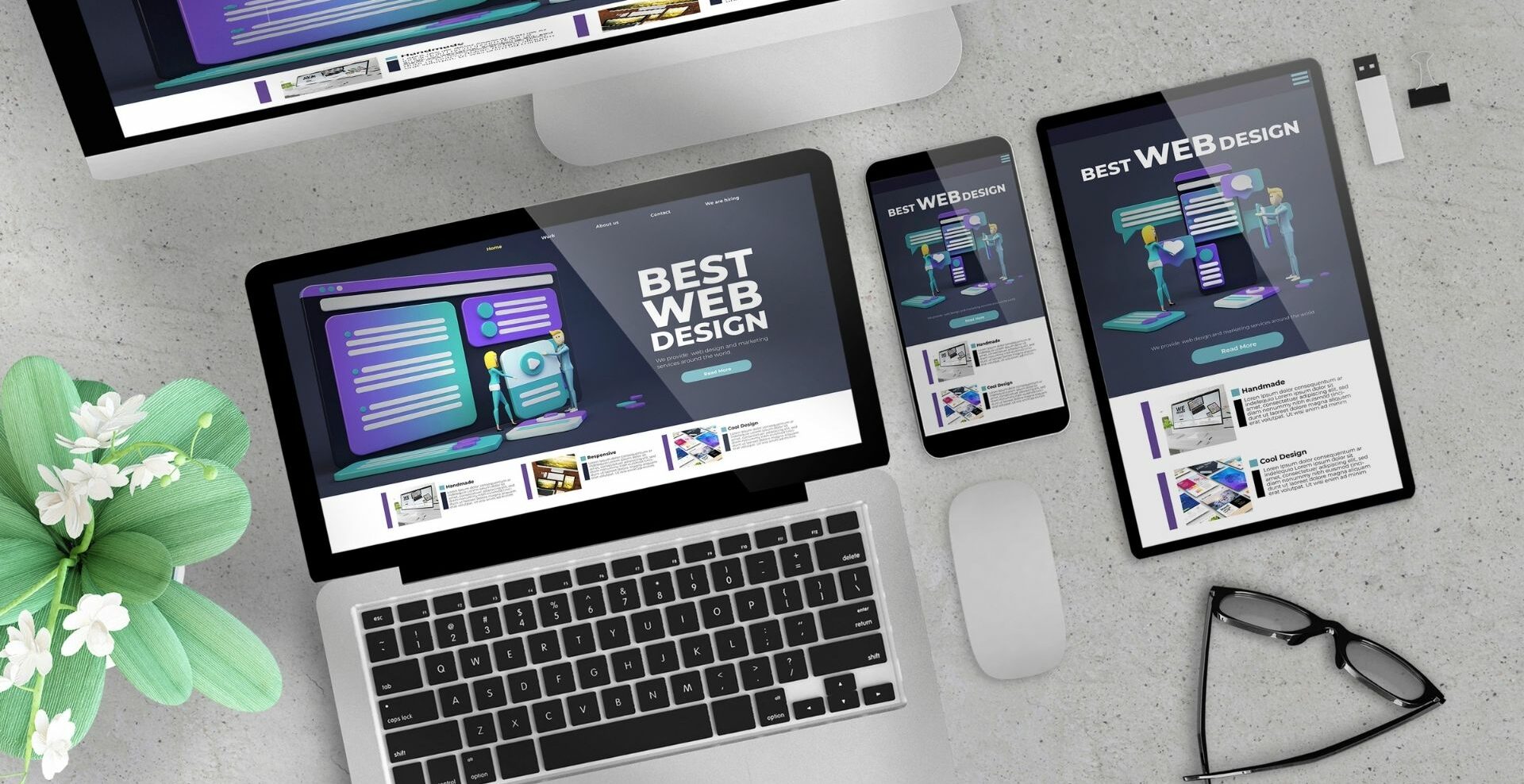Website design can either enhance the user’s interaction with your business or create a frustrating experience that will discourage users from returning. In this blog post, we will explore the impact of website design on user experience.
1.First impressions matter
The design of a website is the first thing that users notice. It sets the tone for their entire experience on the website. If the website looks outdated, cluttered, or unprofessional, it will create a negative first impression. On the other hand, a well-designed website with an attractive layout, straightforward navigation, and high-quality visuals will make a positive first impression, encouraging users to explore further.
2.Navigation is critical
One of the most important aspects of website design is navigation. Users need to be able to find the information they are looking for easily. A well-designed navigation system can help users quickly and easily find what they need. A poorly designed navigation system can frustrate users, making it difficult to find the information they need and leading them to abandon the website altogether.

3.Responsive design is a must
More and more users are accessing websites on mobile devices. A website that is not designed to be responsive will not display properly on mobile devices, leading to a frustrating user experience. A responsive design ensures that the website will adjust to the size of the screen, making it easy to use on any device.
4.Load time is critical
Users have little patience for slow-loading websites. A website that takes too long to load can lead to high bounce rates, where users leave the website before it fully loads. A well-designed website will load quickly, ensuring that users can access the information they need without delay.
5.Consistency is key
Consistency in website design is crucial for a positive user experience. Inconsistent design elements can confuse users and make it difficult to navigate the website. Consistent design elements, such as color schemes, fonts, and graphics, create a cohesive user experience.
6.Accessibility is crucial
Website design can also impact the accessibility of a website. Users with disabilities may face challenges when navigating websites that are not designed with accessibility in mind. For example, users with visual impairments may have difficulty reading small text or distinguishing between colors. Users with hearing impairments may have difficulty accessing video or audio content. A well-designed website will prioritize accessibility to ensure that all users can access and interact with the website.
7.Branding and messaging
Website design can also impact the branding and messaging of a website. The design elements, such as color schemes, fonts, and graphics, can help to convey the brand’s message and values. A well-designed website will ensure that the brand’s messaging is consistent throughout the website, creating a stronger connection with users.
8.User engagement
Website design can also impact user engagement. Design elements such as calls to action, interactive features, and gamification can encourage users to interact with the website, increasing their engagement and time spent on the website. A well-designed website will use design elements strategically to encourage user engagement and create a positive user experience.
9.Trust and credibility
Website design can also impact the trust and credibility of a website. Users are more likely to trust and engage with a website that looks professional and credible. A poorly designed website, on the other hand, can create a sense of distrust and lead users to question the legitimacy of the website. A well-designed website will prioritize creating a professional and credible appearance to establish trust with users.
10.Search engine optimization
Finally, website design can impact search engine optimization (SEO). Design elements such as the website’s structure, page titles, and meta descriptions can impact how search engines crawl and index the website. A well-designed website will prioritize SEO to ensure that the website is easily discoverable by search engines, leading to increased visibility and traffic.
At the end, website design plays a critical role in determining the overall user experience. From first impressions to accessibility, branding, and trust, website design impacts numerous aspects of user experience. Businesses prioritizing website design can create a positive user experience, establish trust and credibility, and increase engagement and traffic.



